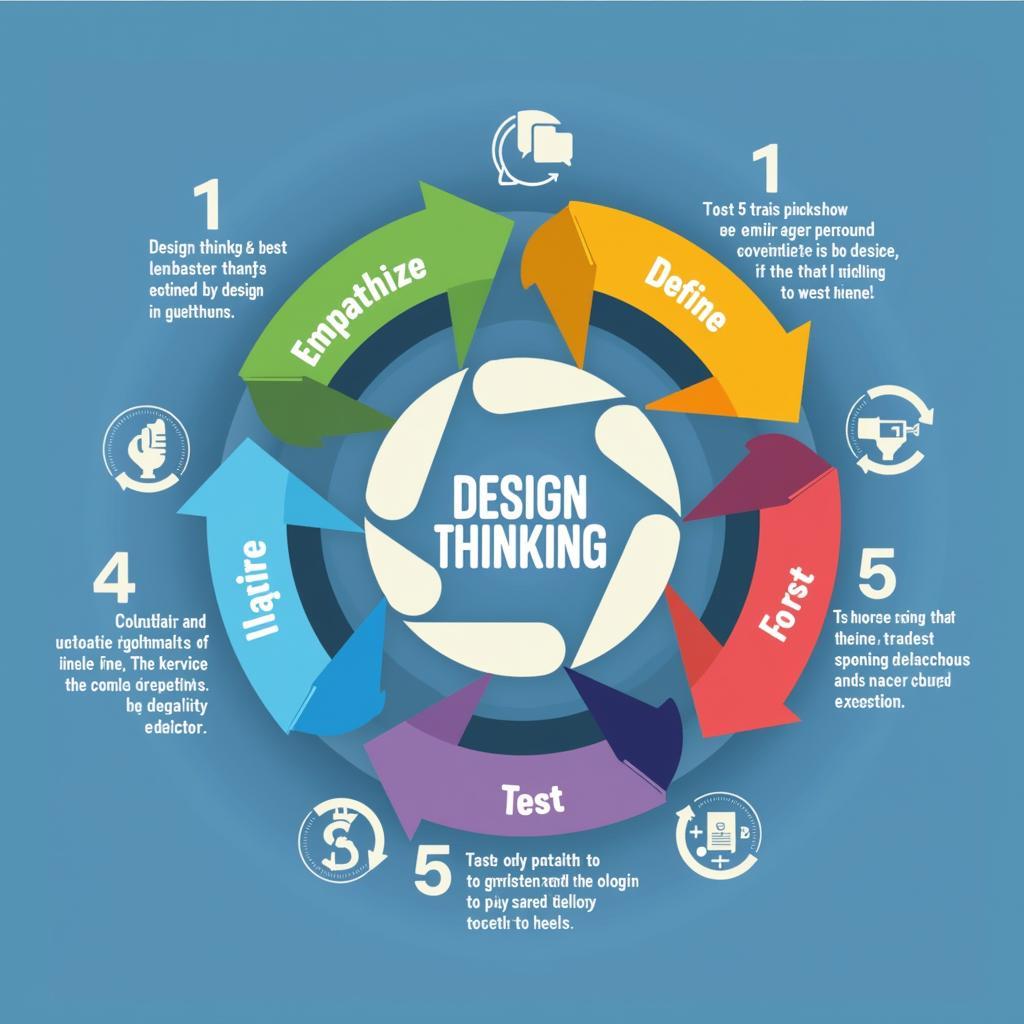Much like Critical thinking in misinformation age, design thinking has emerged as a crucial approach to modern problem-solving. Let’s explore this concept through an IELTS Reading practice test.

Passage 1 – Easy Text
The Evolution of Design Thinking
Design thinking has transformed from a niche design methodology into a widely adopted problem-solving framework. This human-centered approach, which originated in the creative disciplines, has now permeated various sectors including business, education, and social innovation. The process emphasizes deep empathy with end-users, iterative experimentation, and rapid prototyping to develop solutions that address complex challenges.
Similar to The influence of visual arts on developing critical thinking, design thinking encourages practitioners to view problems through multiple lenses. The methodology comprises five key stages: empathize, define, ideate, prototype, and test. Each stage builds upon the previous one, creating a comprehensive framework for innovation.
Organizations worldwide have embraced this approach to tackle various challenges, from product development to organizational change. The success of design thinking lies in its ability to combine analytical reasoning with creative exploration, leading to more innovative and effective solutions.
Questions 1-5: True/False/Not Given
- Design thinking originated exclusively in business settings.
- The methodology includes five distinct stages.
- Design thinking is only useful for product design.
- The approach emphasizes understanding end-users.
- Large organizations are the only ones that can implement design thinking.
Passage 2 – Medium Text
Implementation and Impact
Just as Collaborative problem-solving in online classrooms has revolutionized education, design thinking has transformed problem-solving across industries. The methodology’s impact is particularly evident in how organizations approach innovation and customer experience. Companies like IDEO, IBM, and Stanford’s d.school have demonstrated the tangible benefits of implementing design thinking principles.
Research indicates that organizations employing design thinking principles experience improved customer satisfaction, increased innovation capacity, and enhanced problem-solving capabilities. The methodology’s success lies in its ability to balance divergent and convergent thinking, allowing teams to generate multiple solutions while maintaining focus on practical implementation.
Questions 6-10: Multiple Choice
-
Which of the following best describes the main benefit of design thinking?
A) Cost reduction
B) Improved innovation
C) Faster production
D) Better marketing -
What role does divergent thinking play in design thinking?
A) It helps generate multiple solutions
B) It focuses on implementation
C) It reduces costs
D) It improves marketing
[Continue with questions 8-10 and Passage 3…]
Answer Key:
- False
- True
- False
- True
- False
- B
- A
[Continue with remaining answers…]
The content demonstrates how The role of gaming in teaching problem-solving skills can complement design thinking methodologies in developing creative solutions.